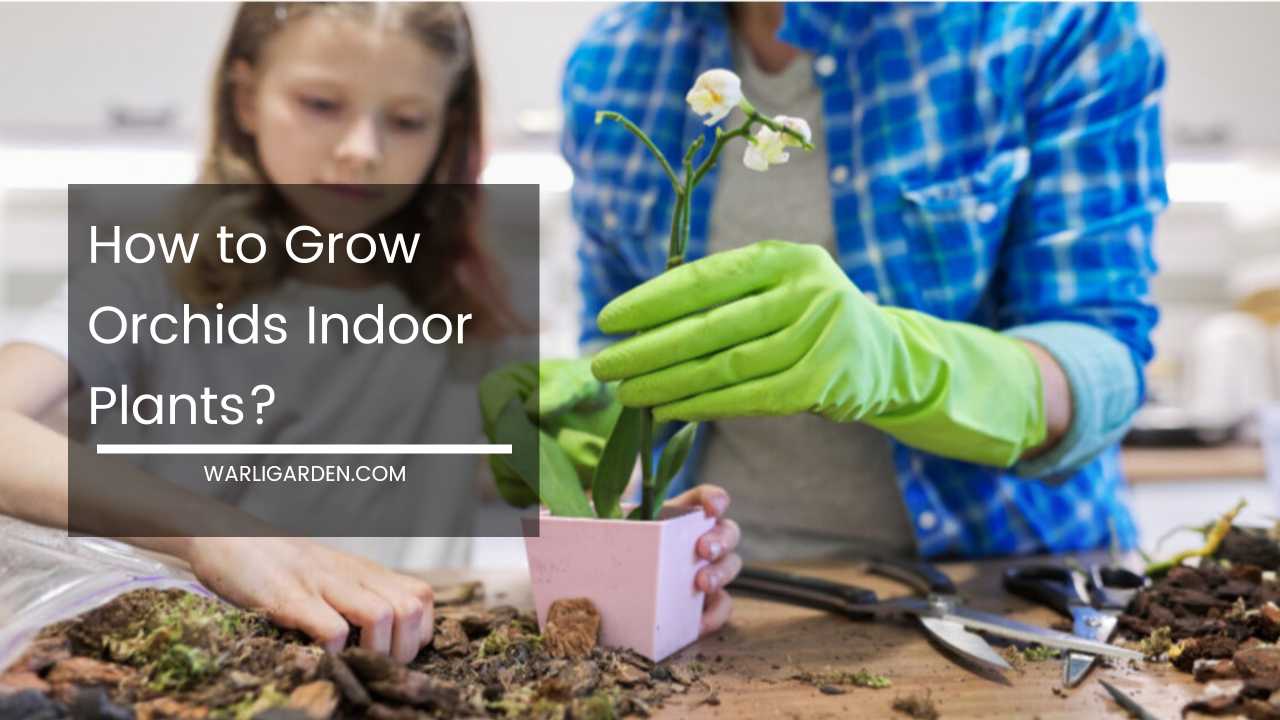
Did you know that you can grow orchids indoors plants? Yes, it is possible, and in fact, it is not very difficult.
For a higher success rate and to enjoy these ethereal blooms longer, here are some tips on how to grow and care for orchids indoors.
1. The Perfect Lighting
Light is one of the most important factors that orchids need. Remember that orchids like Angraecum and vandas prefer high, unobstructed light.
Therefore, you must place them near a south-facing veranda or window for your orchids to enjoy at least 6 hours of the early sun.
If you prefer oncidiums, Phragmipedium, and dendrobiums, make sure that they are in a place where it is bright but is not under direct sunlight. Jewel orchids, on the other hand, thrive best under low light.
1. The Ideal Temperature
Orchids are generally grouped in three categories when it comes to temperature.
There are orchids that grow well in a cooler climate, while some do better in a warm place. Nonetheless, as with lighting, some orchids can easily adapt to temperature change.
Before choosing an orchid species, check the temperature range in the location where you plan to place your orchid.
If the temperature in your house stays low, then pick from odontoglossum, cymbidium, and masdevallia. For warmer temperatures, it is best to have a moth orchid, a vanda, or an Angraecum.
2. The Right Humidity Level
Most orchids require a humid environment because they usually come from the tropics. To have a better growing environment for your orchids, boost humidity levels in your indoor growing area.
This can be done by grouping a number of plants together. You can also place the potted plants on a dry well. You can make a dry well by placing some pebbles on a shallow tray and pouring water just above it.
3. Watering Your Indoor Orchids
The proper way of watering orchids depends on the type of orchid you have and where it is placed – a clay pot or a plastic pot?
Generally, the goal here is to get as much water to the mixed particles as possible.
For orchids in a clay pot, the trick is to dip the pot in water for about 15 minutes. Lift the pot out afterward and drain excess water before returning the pot back into its place.
For orchids in plastic pots, you can also soak them in water but make sure not to put them in a bowl that is already filled with water.
Doing this will cause water to push the plant bark up. Instead, place the pot in a bowl then pour in water. Take note that the water should be just below the pot lip.
As with a clay pot, you have to soak plastic-potted orchids for more or less 15 minutes, drain, and put them back into their place. There are several factors that affect how frequently you should water your orchids. These include:
The type of orchid. Is your orchid resistant to drought or not?
- The kind of pots you use. Expect to water more frequently if you use porous pots since they tend to dry out much quicker.
- The potting mix. Bark mix needs more frequent watering than Sphagnum moss.
- The temperature of the air. Keep in mind that plants tend to dry out fast in warmer climates.
- The humidity. If the air is dryer than usual, then plants will dry out much faster, too.
- The level of light. Plants under high light will need water more frequently.
Generally, cattleyas, dendrobiums, oncidiums, and other drought-resistant species need watering every week. Other kinds of orchids like paphiopedilums, Miltonia, and Phragmipedium would need watering every 4 or 5 days.
This could be adjusted accordingly depending on the temperature and humidity levels in your home. Remember to wait until the orchid is thoroughly dry before watering it again.
By following these simple principles, in no time at all, you will be an expert in growing orchids indoors and giving them the proper care they need.
